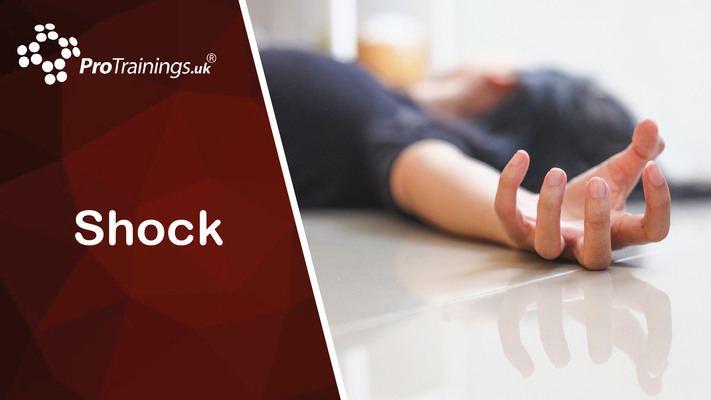Community Trauma First Aid Training Videos
(3 Ratings)
Learn essential first aid techniques to effectively respond to serious trauma incidents within your community.
Keeping Safe
Triage and the EMS
Types of Catastrophic Injury
Catastrophic Bleeding Management
Summary
Course Details
Video Playtime
2 hours and 59 minutes
Captions
English
Instructor
Keith Sleightholm
Audio
English
Ready to get started?
Community Trauma First Aid
2 hours and 59 minutes
English
£24.95 + VAT
.jpg)















BCDE-01.jpg)




































